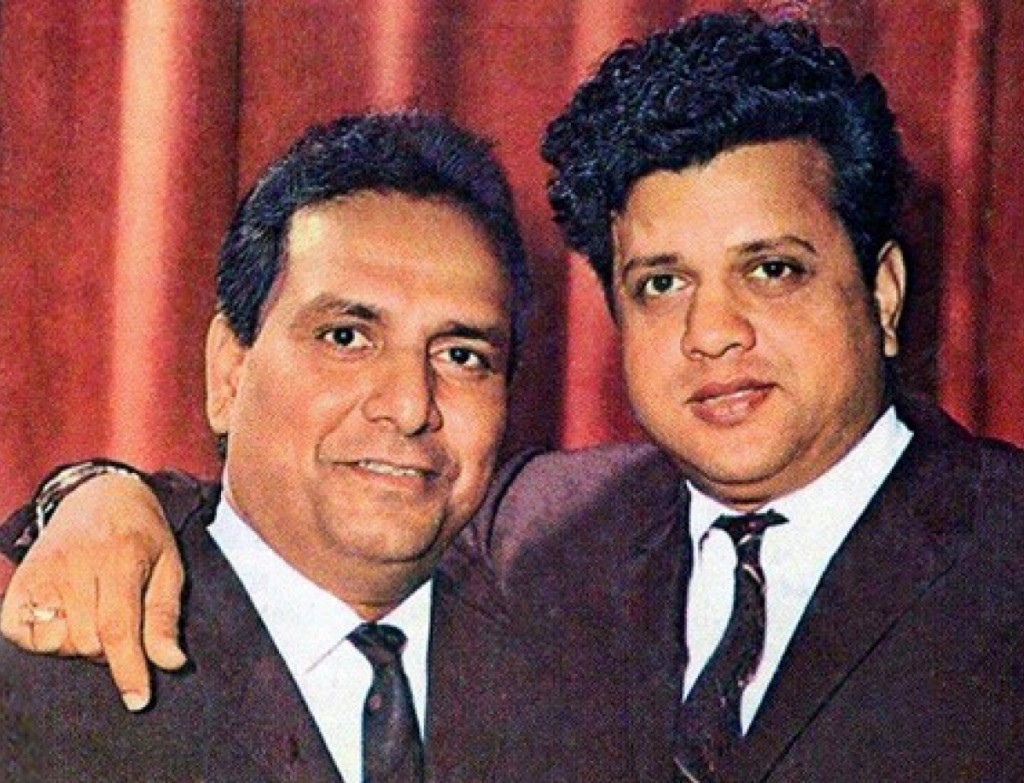When did Hindi film music become a national mania? It was after the incomparable 1949 Barsaat, for which Shankar-Jaikishan (SJ) gave the world 11 delectable songs including seven Lata Mangeshkar solos. It is after Barsaat that Hindi film music started accounting for 70 per cent of the sales of all music in India.

“They are not musicians, they are magicians,” remarked maestro Naushad once about SJ. In the 1950s and 60s, this “Ram-Lakshman jodi” was the apogee of commercial success.
Composer O P Nayyar described Shankar as “the most complete music maestro in films”. Composer Pyarelal said that though he and Laxmikant won the 1964 Filmfare best music award for Dosti, he himself regarded SJ’s Sangam made the same year as musically superior to Dosti.
SJ were the first composers to begin their career with a phenomenal blockbuster like Barsaat. Other greats like Naushad, S D Burman and O P Nayyar had to endure a few flops before delivering a hit film. SJ also recorded some other firsts through Barsaat. It gave Bollywood its first famous rain song (Barsaat mein humse mile), its first famous cabaret song (Patli kamar hai) and its first-ever title song.
SJ also gave Bollywood its first famous dream sequence through Awara (Tere bina aag yeh chandni), and its first song that was internationally famous — Awara hoon. SJ were the first composers to be regularly paid ₹5 lakhs for a single film.
One of SJ’s achievements was an LP record titled Raga Jazz Style in which they presented 11 ragas in a jazz format.
Javed Akhtar has remarked that they stood out for both quality and quantity. While their music took mass entertainment to a new giddy high, they turned out blockbusters in relentless profusion, with each blockbuster having not one but several hit songs, a distinct feature of their career. The range and variety of their music — every genre, every mood, every inspiration — was remarkable.
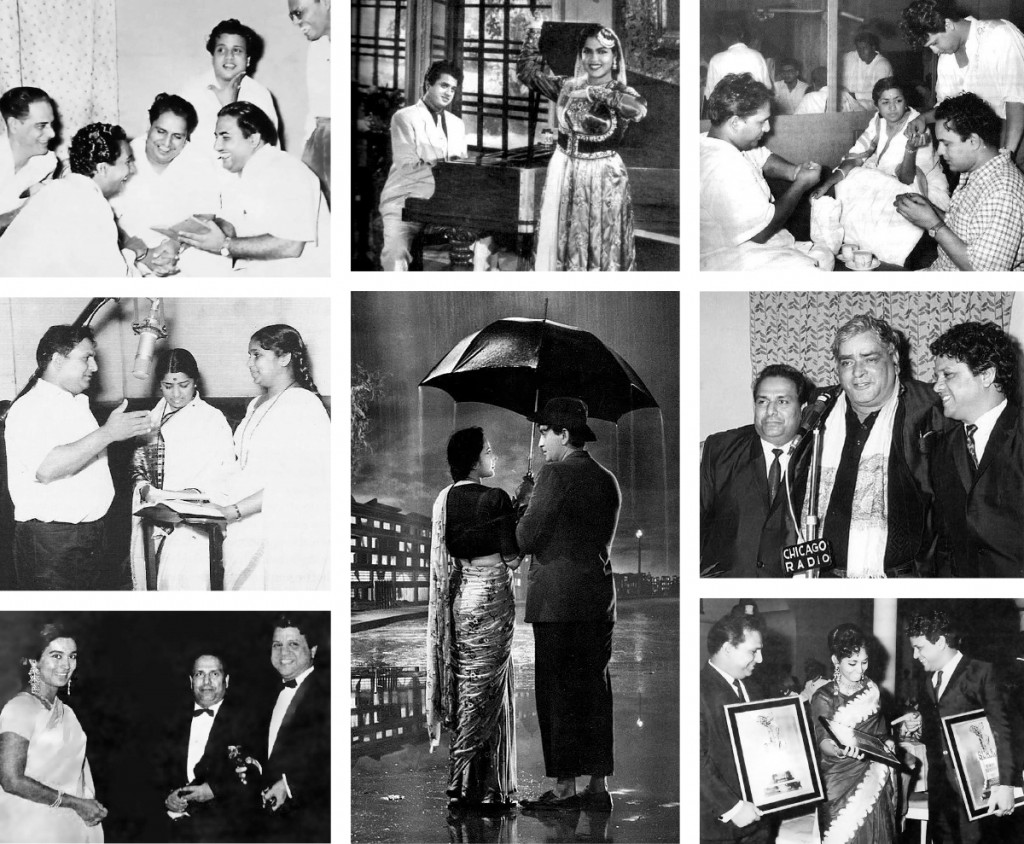
S J with Prithviraj Kapoor; Sharda with S J after winning an award for film Suraj; Nargis and Raj Kapoor in a still from Shree 420; with Nutan, after receiving the Filmfare award for Best Music Directors for the film Suraj; Shankar with Lata Mangeshkar and Asha Bhosle.
The duo composed music for some 170 films; with 75 per cent being resounding hits, many of them celebrating golden/silver jubilees.
Their success engulfed many directors, stars and singers and the entire music industry of arrangers, instrumentalists, percussionists. No wonder this jodi was regarded a shining talisman of success. Finance for a film was assured if they did the music, irrespective of the actors.
The pair won nine Filmfare Awards — Chori Chori (1956), Anari (1959), Dil Apna Aur Preet Parai (1960), Professor (1962), Suraj (1966), Brahmachari (1968), Pehchaan (1970), Mera Naam Joker (1971) and Beiimaan (1972). They were conferred the Padma Shree in 1968.
One of SJ’s achievements was an LP record titled Raga Jazz Style in which they presented 11 ragas in a jazz format.
Shankar versus Jaikishan
Shankar and Jaikishan had contrasting personalities and styles. Shankar, nearly 10 years older than Jaikishan, was staid and conservative, a non-drinker. He usually came to work early and stayed till the evening, sometimes going to the Cricket Club of India for tea. Jaikishan was the flamboyant man-about-town who lived life king-size and became a fashion icon. He loved scotch and fancy cars and upmarket restaurants and was the life of any party. On one occasion, a lavish Bollywood party was on at Gaylords. Indian cinema’s top triumvirate—Raj Kapoor, Dilip Kumar, Dev Anand – were present, and mobbed by fans and gate-crashers. There was a sudden commotion – Jaikishan had come in. The fan crowd left the big three and gravitated toward the debonair composer for autographs. “The big three were taken aback, but smiled,” says actor Annu Kapoor.
Shankar was the more versatile of the two, with mastery over dozens of instruments, Indian classical music and dance forms. Jaikishan was a genius with background score and romantic numbers. Shankar was fond of raag Bhairavi, Jaikishan of raag Shivranjini. Shankar tuned the piano with his right hand, Jaikishan with his left. Shankar usually composed songs written by Shailendra, Jaikishan worked with Hasrat- Jaipuri.
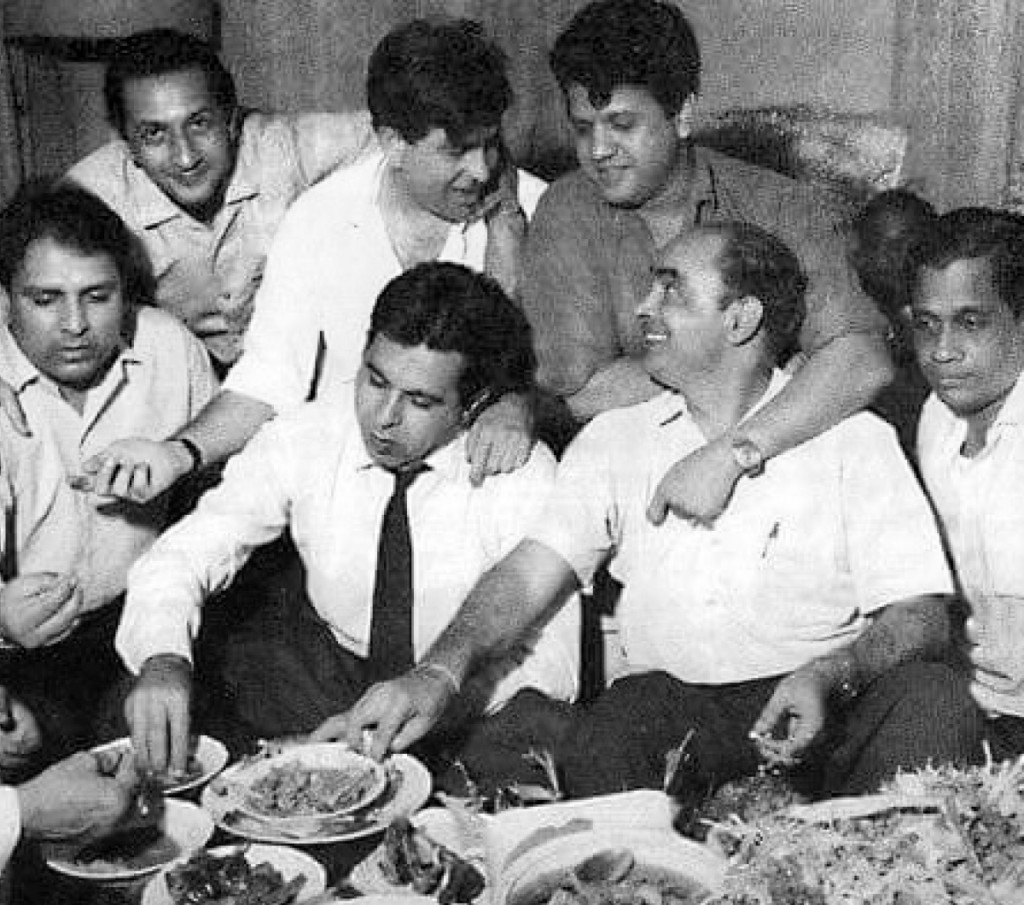
In 1963, Jaikishan married Pallavi, daughter of a businessman. Her parents were against this relationship. Shankar performed the kanyadaan ceremony for the bride in her father’s absence.
Evolution of SJ’s career
Shankar Singh Raghuvanshi was a Punjabi born in Madhya Pradesh but raised in Andhra Pradesh. He was an expert tabla player, a good wrestler and trained in Kathak dance. Moving to Bombay, he tried to master instruments like the sitar and the accordion. He also played minor roles in Prithvi theatre, founded by Prithviraj Kapoor.
Jaikishan Panchal, born in 1929 in Balsar, Gujarat, was adept at playing the harmonium, and took lessons in both harmonium and music from learned gurus, before moving to Bombay.
The duo’s individual talent strengthened and supplemented each other. Their jumbo orchestra of 60 singers, technicians and accompanists imparted a new verve and zing to music. The public loved the end result.
Shankar and Jaikishan met in Bombay and became good friends. Shankar got Jaikishan a job with Prithvi as a harmonium player. Raj Kapoor later engaged both as assistants to music director Ram Ganguly for his first film Aag; though the music was moderately successful, the film flopped.
Raj Kapoor was taken in by Naushad’s music in Andaz and wanted Barsaat to surpass Andaz. He was hurt by the barb Aag mein jal gaya tha, ab barsaat mein bah jaayega. (He was burnt by Aag, he’ll now get washed away by Barsaat). He dropped Ganguly as composer for Barsaat after some differences and engaged Shankar.
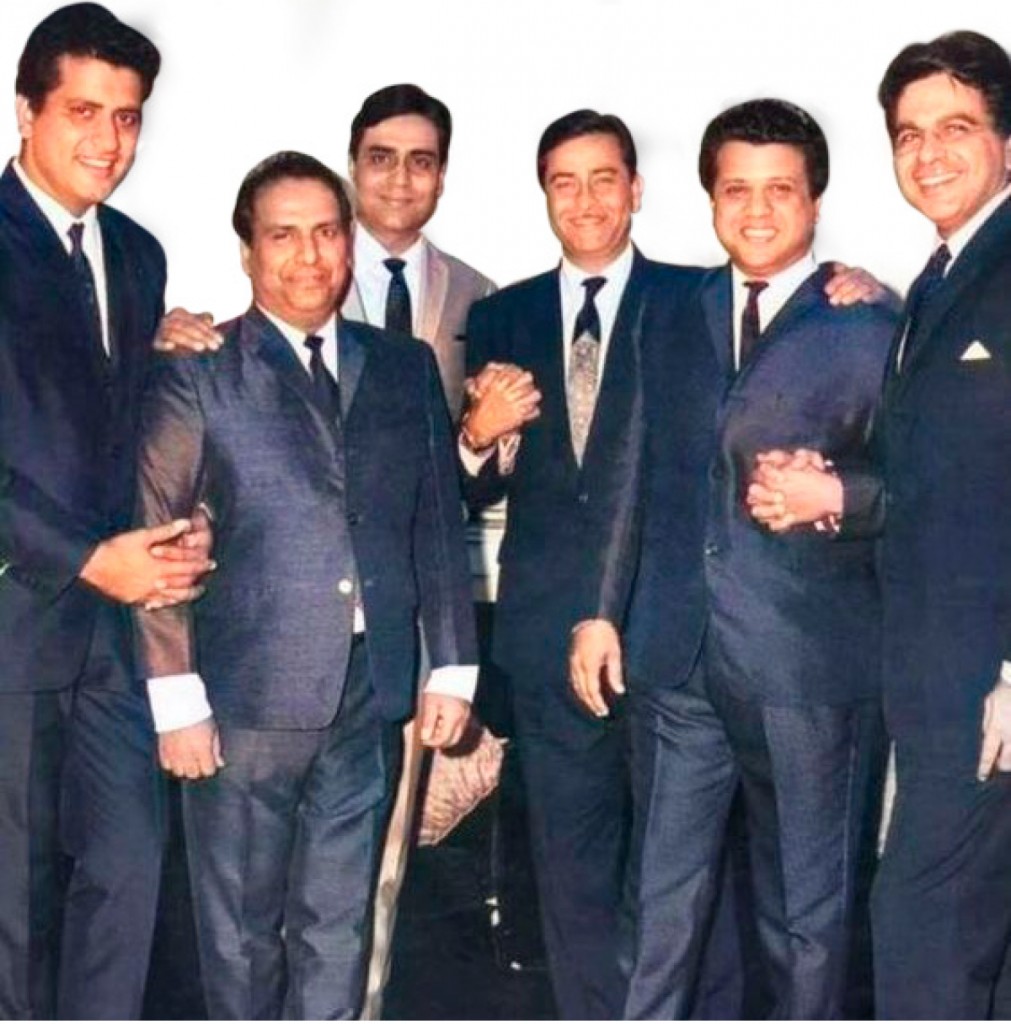
On Shankar’s insistence, Jaikishan joined him as a full-fledged composing partner. The team included lyricists Shailendra and Hasrat-Jaipuri, and the songs were a runaway success.
SJ’s incredibly prolific career can best be sketched through three phases; the young Raj Kapoor era, including films that redefined Bollywood music: Barsaat, Awara, Aah, Shri 420, Boot Polish, Chori Chori. These six films gave Bollywood some 50 melodies, most of them sublime delights.
Young or old, all of India was captivated by songs like Mujhe kisise pyar ho gaya (Lata in Barsaat); Awara hoon (Mukesh in Awara, a song that made waves internationally); Mera joota hai japani (Mukesh in Shree 420); Pyar hua ikrar hua (Lata and Manna Dey in Shree 420); Rasik balma (Lata in Chori Chori).
The second phase showcased their talent with classical music. It began in 1956 with Seema. Lata’s intoxicating Man mohana for SJ is considered the most difficult classical music composition in Hindi cinema. The film including Manna Dey’s immortal gem Tu pyar ka sagar hai.
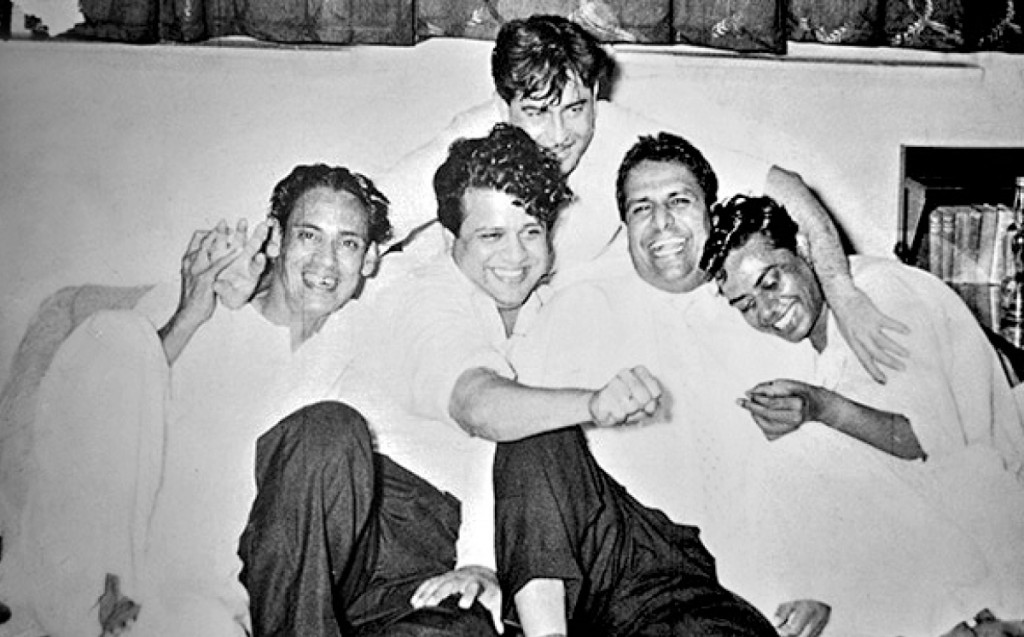
Basant Bahar followed, with solo stunners by both Manna Dey (Sur na saje) and Mohammad Rafi (Duniya na bhaye). But the landmark song was the duet Ketaki gulab juhi, shown in the movie as a contest between Manna Dey and the towering genius of Hindustani music, Pandit Bhimsen Joshi. Manna Dey was about to quit Bombay to avoid facing Bhimsen Joshi, but was dissuaded by his wife. The song was hailed as a triumph of classical music in cinema.
Let’s fast forward to the 1960s, Bollywood’s most bountiful decade, one of swinging, sizzling, scintillating songs — folk, classical, rock and roll, bhajans and qawwalis. Producers made romantic entertainers in hill stations, with songs in world’s glamour capitals — Paris, Tokyo, London, Rome.
SJ were the first composers to begin their career with a phenomenal blockbuster like Barsaat.
SJ’s third phase began in this decade, when the duo reigned supreme commercially with films such as Suraj, Asli Naqli, Jhuk Gaya Aasman, Prince, Hariyali Aur Rasta, An Evening in Paris, Sangam, Love in Tokyo, Professor, Zindagi, Ayee Milan Ki Bela, Duniya, Dil Ek Mandir, Rajkumar, Tumse Achcha Kaun Hai, Dil Apna Aur Preet Parai, Brahmachari, Gumrah, Teesri Kasam.
Remember Ajeeb dastan hai yeh (Lata, Dil Apna aur Preet Parai, 1960); Tera mera pyar amar (Lata, Asli Naqli, 1962); Yaad na jaaye beete dinon ki (Rafi, Dil Ek Mandir, 1963); Dost dost na raha (Mukesh, Sangam, 1964); Baharon phool barsao (Rafi, Suraj, 1966); Paan khaye saiyan hamaro (Asha Bhosle, Teesri Kasam, 1966); Badan pe sitare (Rafi, Prince, 1969)?
SJ’s methodology
What accounts for the SJ mania that gripped the public for two decades? The duo’s individual talent strengthened and supplemented each other. Their hypnotic melodies were rendered by exceptional singers. Another factor: their jumbo orchestra of 60 singers, technicians and accompanists imparted a new verve and zing to music. The public loved the end result.
Cracks in the relationship
Unfortunately, strains crept into the SJ relationship during the 1960s. It is said that Shankar was envious of Jaikishan’s popularity in the industry and the public. They started composing separately in the 1960s (though always under the SJ banner) and this gradually affected the quality of the music. Jaikishan’s article in Filmfare where he revealed that he had composed music for the Sangam song Yeh mera prem patra padhkar upset Shankar. This violated their confidentiality code of never disclosing which of the two had composed a particular song. Further, Binaca Geet Mala (considered the litmus test of music popularity) gave Yeh mera prem patra padkar composed by Jaikishan the top spot over Dost dost na raha composed for the same film by Shankar. The Shankar camp alleged manipulation.
Jaikishan passed away due to cirrhosis of the liver. He was only 42. Shankar was devastated, but continued to work under the SJ banner.
Shankar’s promotion of Sharada and his insistence on using her voice worsened the estrangement. (Lata’s barb “Love makes people blind, but I didn’t know it makes them deaf” went round the industry, much to Shankar’s discomfiture.) Pallavi Jaikishan said her husband’s liquor addiction got worse because of his rift with Shankar.
Death and decline
On September 12, 1971, Jaikishan passed away due to cirrhosis of the liver. He was only 42. Shankar was devastated, but continued to work under the SJ banner. However, RK and other big film-makers opted for other composers. They also made Shankar use a smaller orchestra. He suffered a body blow when Raj engaged Laxmikant-Pyarelal for Bobby in 1973. Shankar continued to toil, and did create some good tunes. But without Jaikishan, without lyricist Shailendra who had also passed away, without Lata’s support, he was a shadow of his former self. A broken Shankar passed away on April 26, 1987.
However, Shankar and Jaikishan are rightly remembered as giants of Bollywood music. They blazed a new trail with innovations in melody, background music and instrumentation. Their impact on film-makers, music composers and technicians was profound. Their songs have never ceased to electrify and entertain the public.
The author is a senior journalist and a member of the Rotary Club of Madras South







